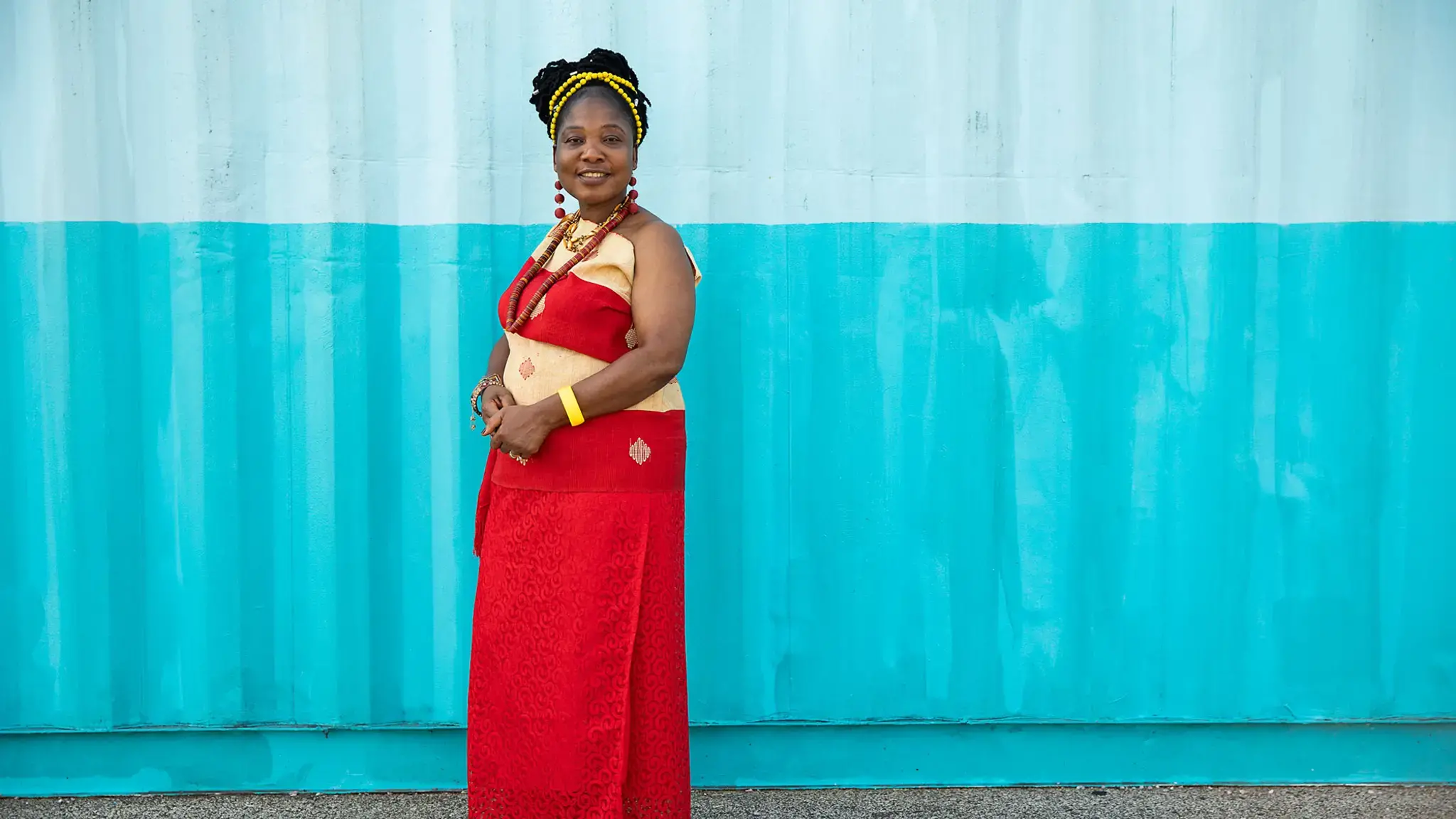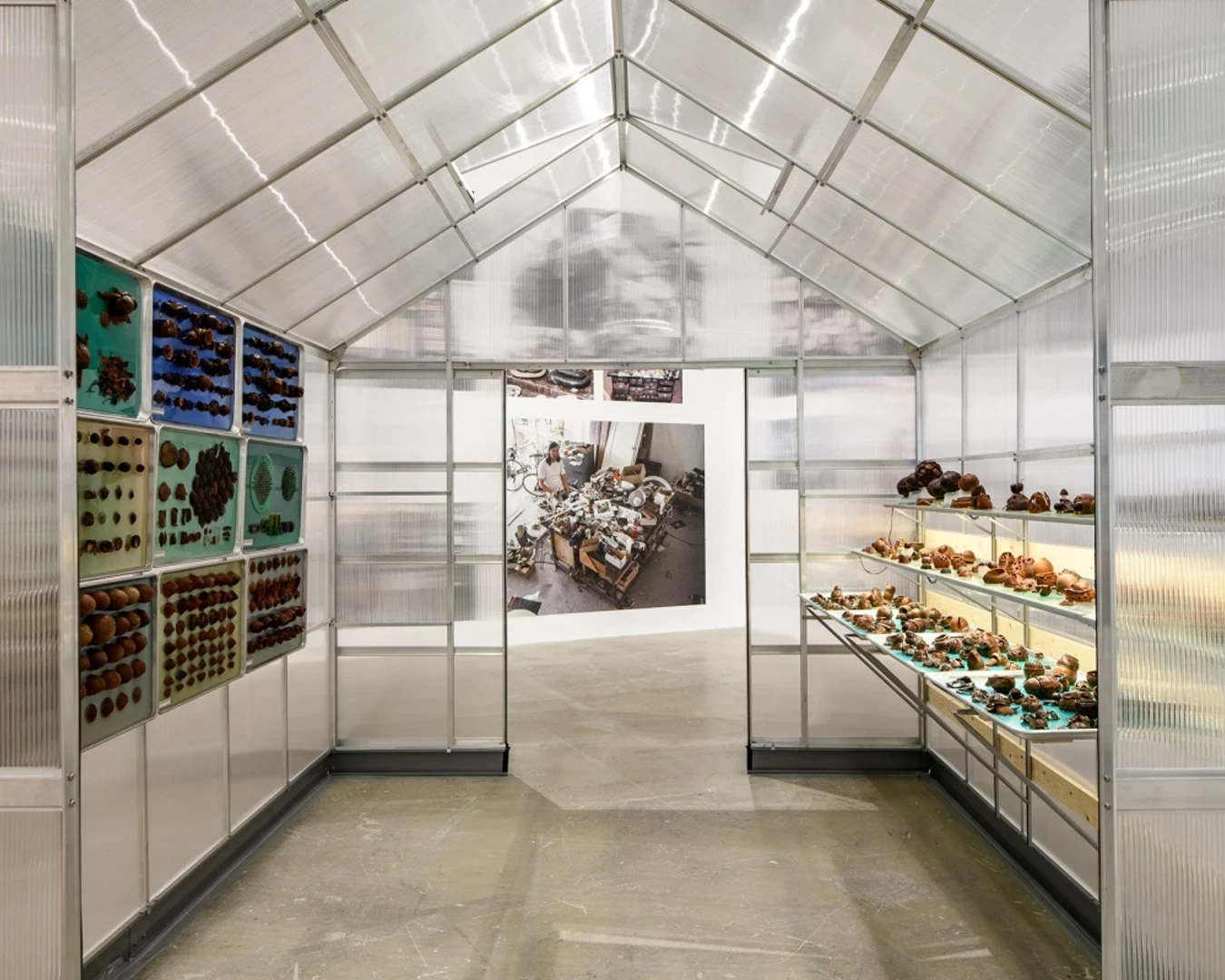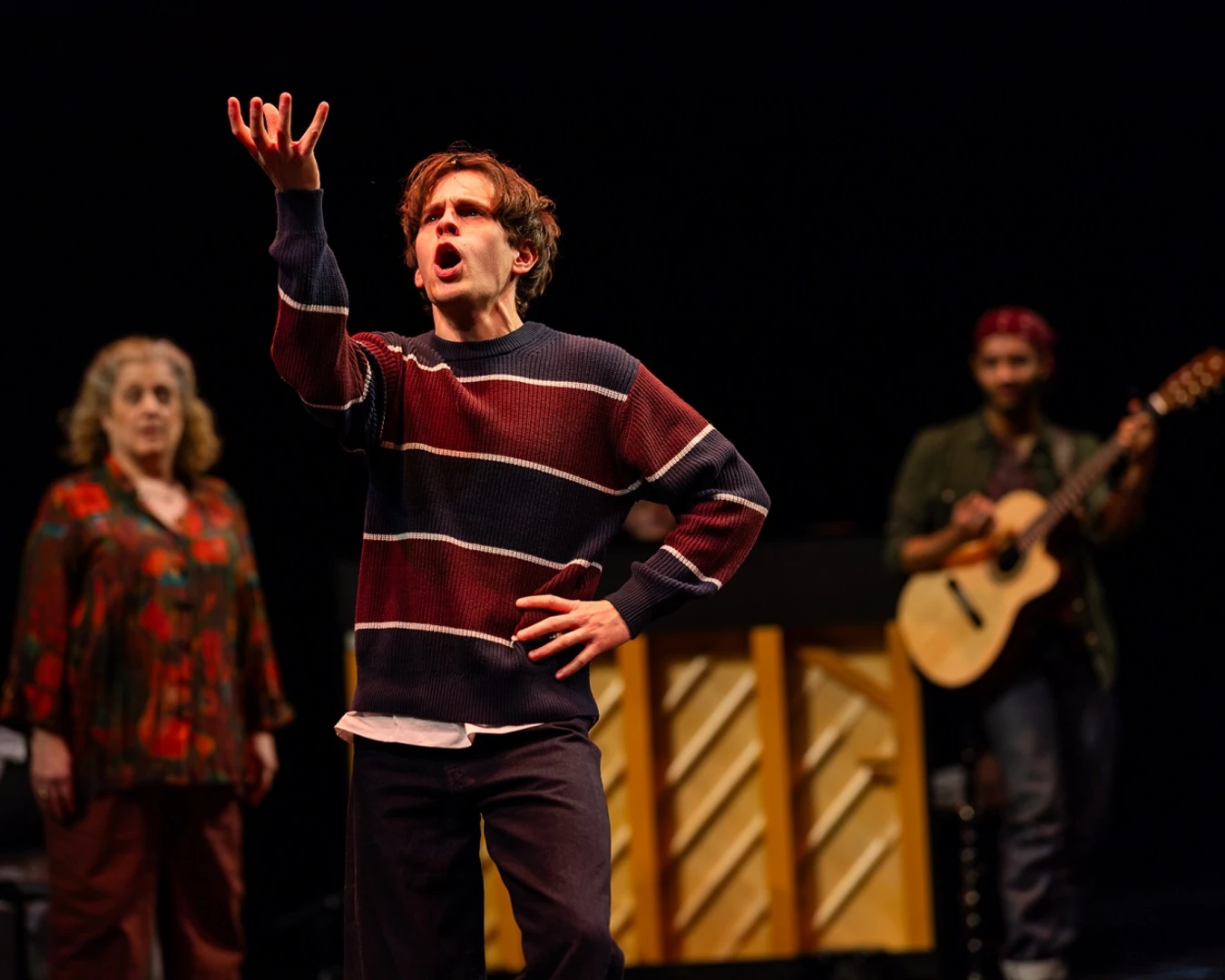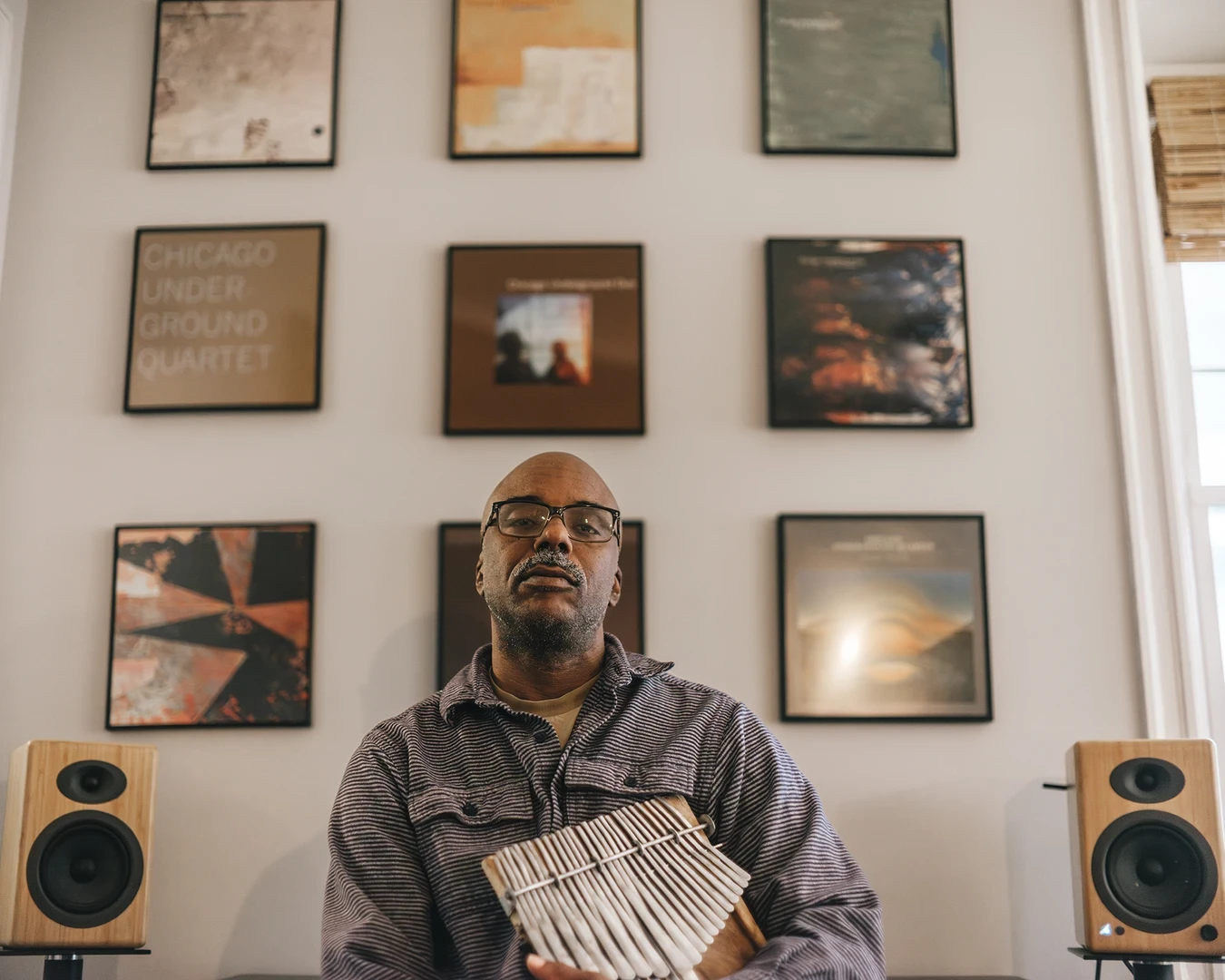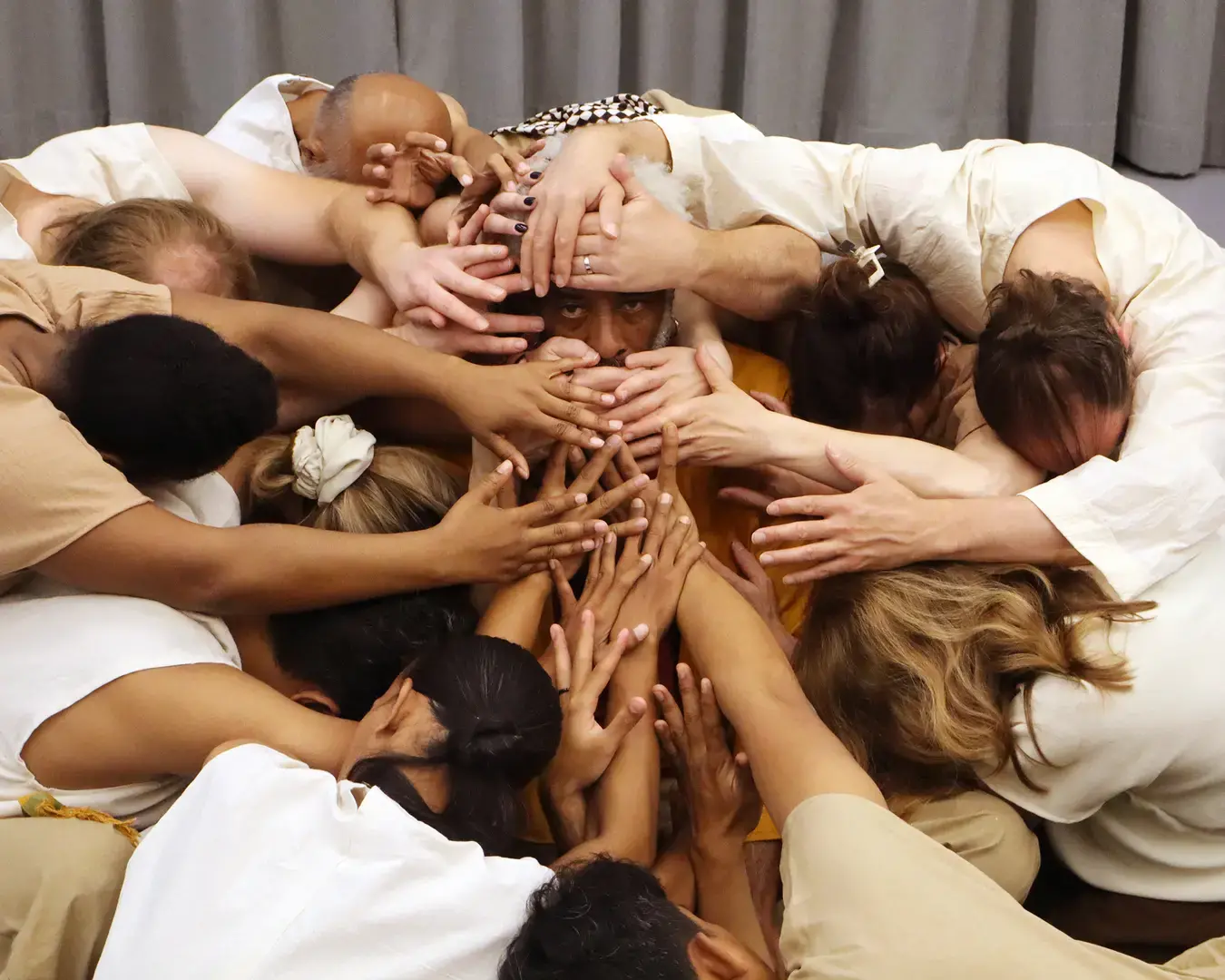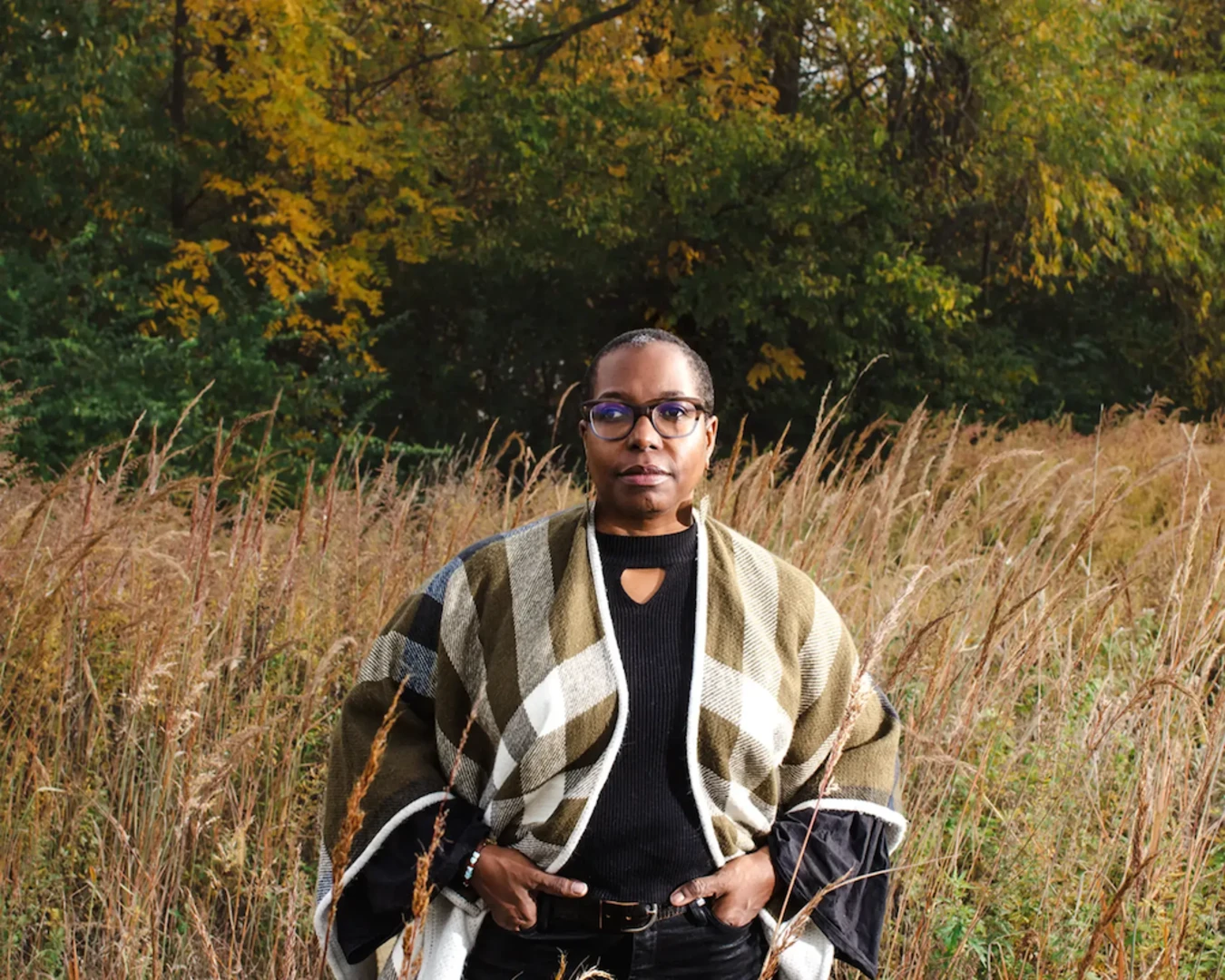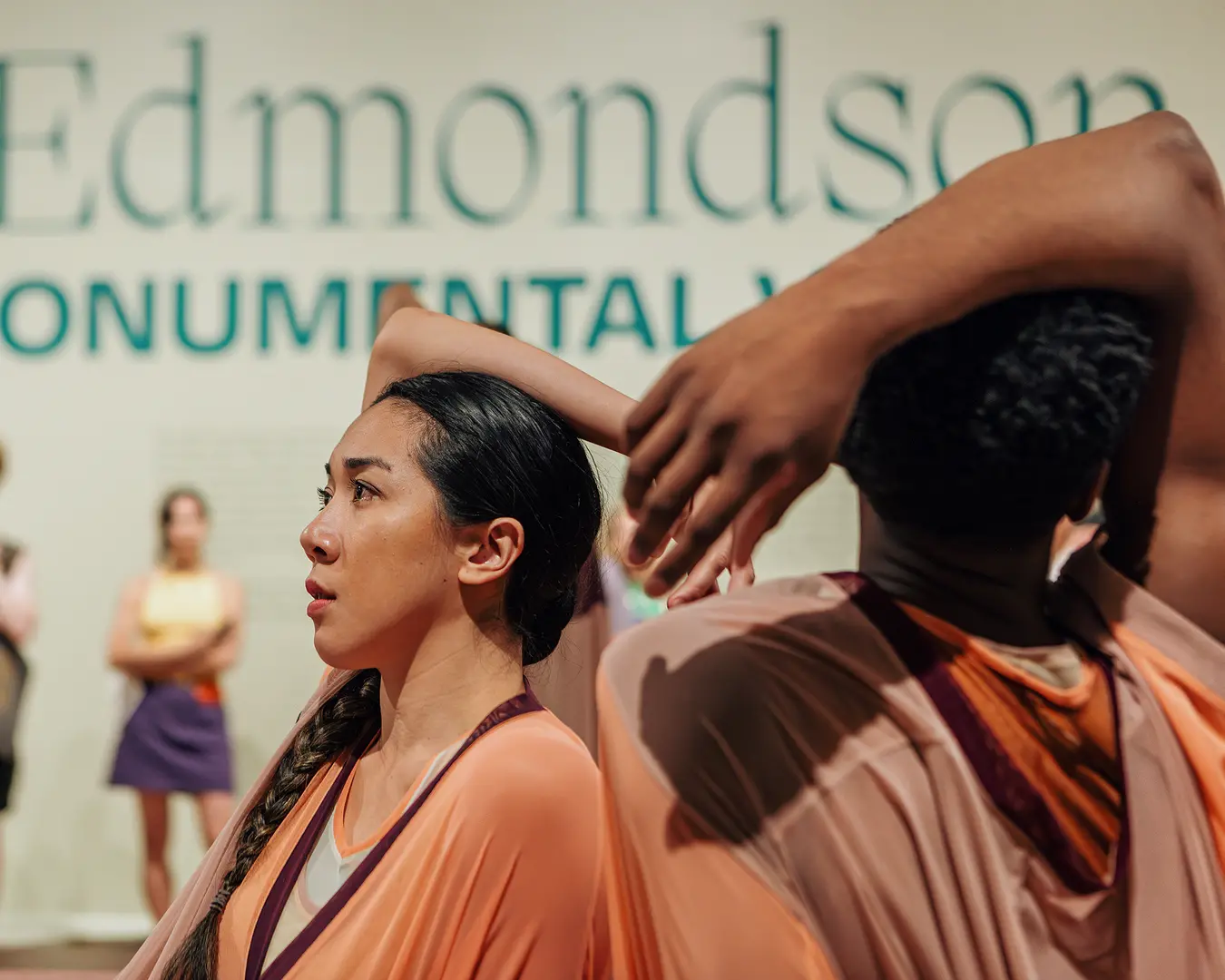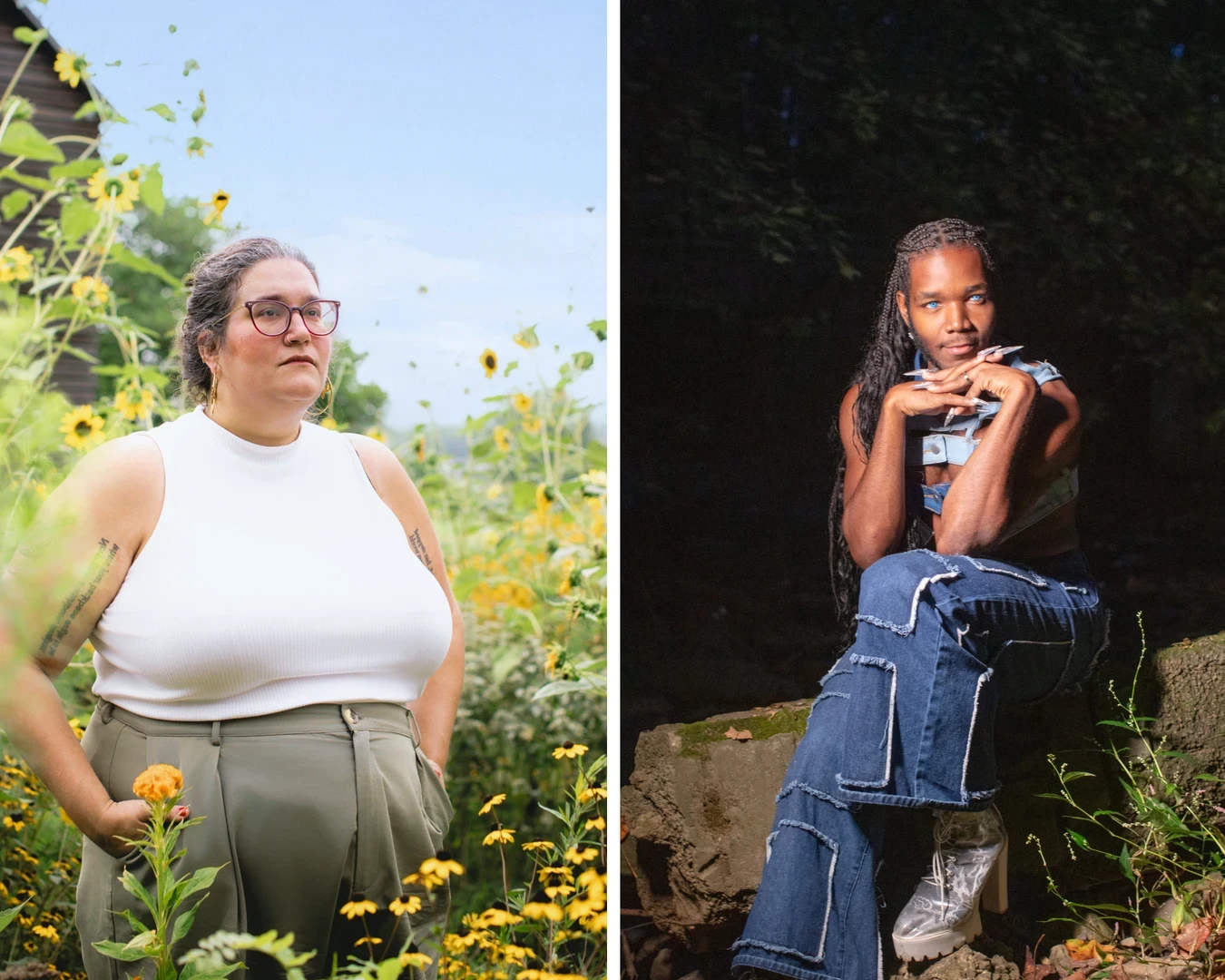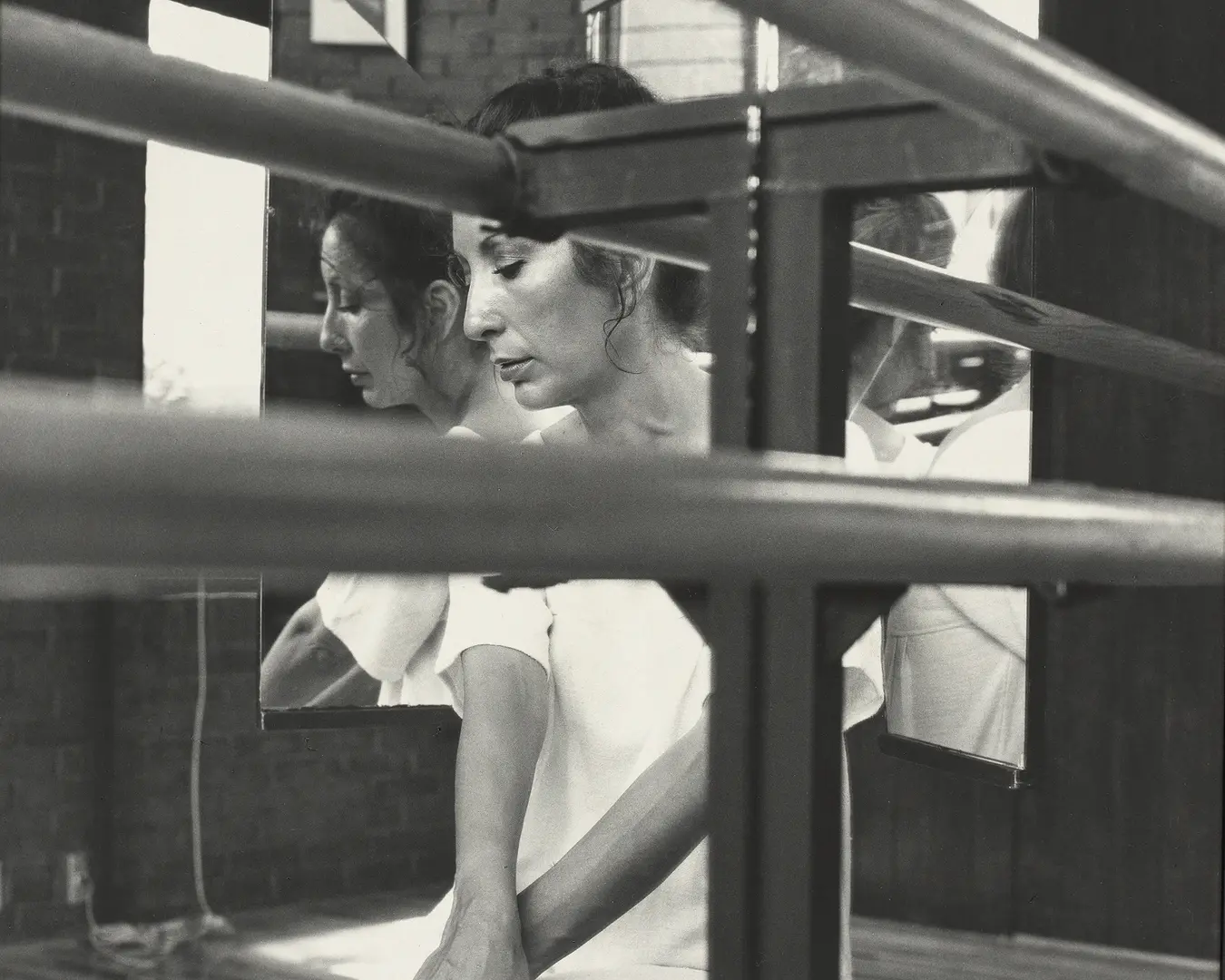Our “Pew Fellow of the Week” series focuses on the artistic lives of our Pew Fellows: their aspirations, influences, and creative challenges.
Liberian vocalist, composer, and dancer Zaye Tete (2018) spoke to us about her artistic development in Liberia, music’s transformative power, and her fondness for Paul Simon.
Tete’s artistic work is dedicated to sharing and reinterpreting traditional music and connecting Liberian Americans with their heritage across generations. She is currently working on a piece that draws from the songs and choreography of African slaves. “The ideas of slavery were wrong, but the lessons it taught should be told,” she says. “If a society does not know where it comes from, it may not know where it is going.”
How did you become an artist? Is there a particular experience that drove you to this choice?
I was born in an artistically driven home. There was a mask in my village that is a singing and dancing mask. It comes out to play once a year. There were specific people traditionally picked by the villagers to serve these functions based upon how well they sing or dance, and one of these selected people was my father. My father had a beautiful voice, and when this once-a-year village ritual happened, my mother would gather my siblings and me to watch our dad perform. This was special not only to my dad, but to the entire family, including me. This experience was a driving force to my self-discovery, transforming me into the artist I later became.
What was the first work of art that really mattered to you? Did it influence your approach to your work?
Dancing and singing are parts of life in the village I grew up in. There were dancing groups in my village and all the villages around me. The style of dance in my village was very different from that of the National Cultural Center, where I was eventually taken to. The hallmark of the village dance was solitary dancing where the drum plays and a single dancer dances her or his style until exhausted. When I was taken to the premium artist center of Liberia called Kendeja, I began to learn how to do group choreographed dance. When my first album came out, people loved it for two reasons: The melodies were good, and the choreographed dance for the album was phenomenal. To date, the strength of my works is twofold: I sing, and I will always dance the music I sing.
What is your biggest motivator as an artist? What is your biggest fear?
My biggest motivator as an artist is summed up in one phrase: “Music makes marks.” In real life, I’m a quiet person. I may not be able to give a speech to an academic audience or lead a political demonstration against racism, injustice, or any form of social inequalities, but I’m able to craft my music in a way that makes a positive mark on society.
My biggest fear as an artist is “parroting.” As a grassroots artist, my works are unprotected, and as such, they are always stolen by mainstream artists. I’m always powerless to protect it.
Do you think about your legacy and, if so, how does your thinking about it affect your practice?
When I perform in the Liberian community, I perform as though I’m teaching. When I was young, the issue of legacy was not what I thought about. I love the art and was in it for the exhibition, but now that I have aged, I think each day about how I will pass this legacy on to the next generation. Being a pioneer is a difficult thing. My children are finding it difficult to speak my local language, because they speak English. They are finding it even harder to practice the traditional dances I do.
You describe the traditional songs you perform as being full of “beautiful metaphors and parables [that] help us consider choices about how to be in this world, and help ground us as immigrants.” Can you share a favorite song lyric and what it means to you?
One of my song lyrics I love is in the Dan language and is called “Leh Ne Tee,” which means, “The world is a dark place.” The reason I selected this lyric as an art piece in my work was that the world is full of uncertainties. I was alluding to this specifically for the African setting where I grew up. Children no longer listen to and respect their parents. Authorities are no longer respected, and above all, more people are living lawless lives during this twenty-first century. To me, there are consequences to every decision one makes. People complain about marriage failures, financial insecurities, joblessness, and many more issues. Why would one expect positives when one is adopting a negative lifestyle? This is my way of cautioning people to follow rules of law and to remember that when you do good, good luck comes to you, and when you choose to do the wrong things, bad luck comes to you.
What is your most treasured possession?
My most treasured possession is my ability to sing and dance. From what I notice, most contemporary artists either sing well or dance well. Just a few artists do what I do best: sing well and dance well at the same time.
If you could collaborate with anyone alive today, who would it be?
Paul Simon, an American artist, identified with South Africans during their quest to defeat apartheid. Although Simon did not physically participate in the struggle against white minority rule, he composed music and performed with many leading South African artists, and this gave a boost to the artists of South Africa. This shows that music has no boundaries.
In reflecting back to the beginning of your career, what is the most useful advice you have received?
“Treat everyone in the arts with respect.” When I was taken from my village to Monrovia, the capital, I was given to a lady who was a total stranger. She was the matron of the dormitory. She was also the dance teacher. I stayed with her until I turned 18, when I started living in the dormitory room by myself. Every time she came to the practice ground, she would always repeat this statement: “Treat everyone with respect in the field of arts.”
One day, I asked why she was always saying this. Her answer was good: “Treat others with respect in the field of arts because you may learn from them.” Since then, I’ve been living with this advice, and it has been serving me well.
